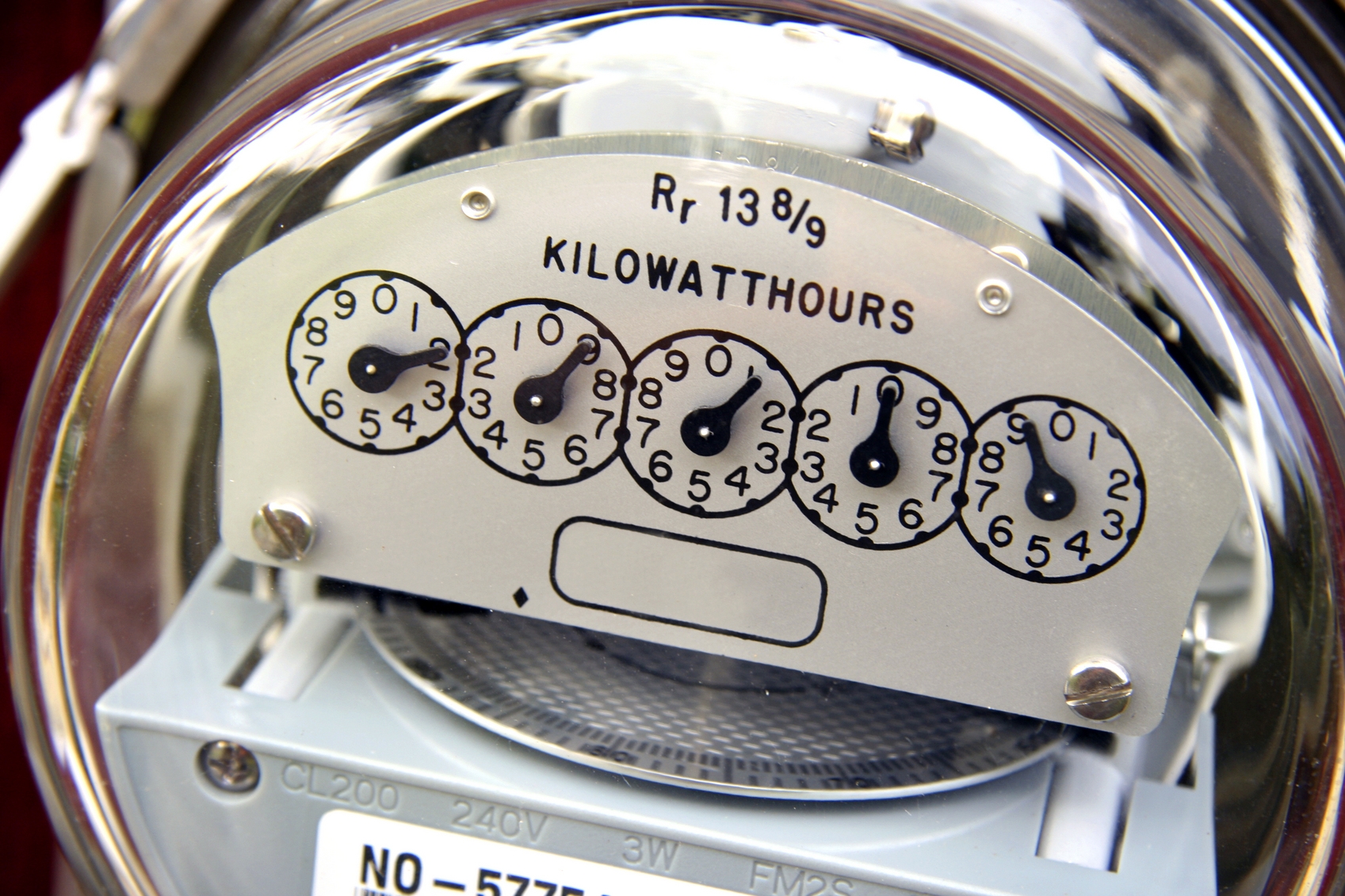
Features
Industrial
Baking Energy Costing into Profits
Splitting up variable and fixed energy costs could be the difference between profit and loss on a manufacturing line.
July 5, 2020 By Anatoli Naoumov

In manufacturing, the competition for contracts to supply low-margin mass-produced products is fierce, and the difference of a few pennies per item routinely wins or loses. For an industrial plant, winning such contracts creates financial certainty and a baseload cash flow product.
Such products alone are not highly profitable, but once a contract is signed, owners can be sure the lights will stay on and conveyors will keep moving. Even a low profit margin multiplied by high production volume creates financial certainty. If the margin remains positive that is.
Energy cost determines profitability
The difference between winning or losing a contract (making or losing money) commonly lies in the cost of energy. In a unionized labour market based on commodity raw materials, the way energy cost is allocated among different products becomes vital to business survival.
Straight line cost allocation is risky
Let us take a closer look at how energy cost accounting practices in an industrial bakery affect profit.
Energy constitutes 5% of costs of baked goods, on average, across the industry. According to Darren Borden, energy engineer at Weston Foods, the energy cost portion may vary between 4% and 15% of cost depending on the product, the baking technology used, the degree of automation and several other factors. As more machines replace manual labour, energy cost replaces labour cost and becomes a more impactful profit factor.
A standard industry practice is to allocate energy cost among products proportionally to pounds of shipped product, direct cost or price of shipped product. Leaving aside pros and cons of each allocation base, these methods ignore that energy-use-per-unit changes with production volume.
For example, if baking 1,000 lbs. of bread costs $100 in energy, what would the energy cost be of baking 10,000 lbs. of the same bread? If baking 1,000 2-lb. loafs costs $100 in energy, what would the energy cost of 2,000 1-lb. loafs come to? The answer to either question is anything but straightforward, and I’m sure it is not $1,000 and $100.
If a hypothetical industrial bakery ships $100 million worth of product at 5% gross profit margin, then a 5% energy cost allocated in proportion to ‘pounds shipped’ will be roughly the same as the expected volume of profit and constitute $0.125/lb., on average. If on some products the energy cost happens to be 10%, then baking this product creates zero profit.
Also, a difference between 5% and 10% in energy cost, the same $0.125 per pound, exceeds the typical cost difference between winning and losing a big contract. Accuracy of energy cost accounting is vital for profitability.
How to determine energy cost per unit
A more accurate way to allocate energy cost starts with accepting two facts:
Energy cost per unit depends on production volume, and spreading it evenly leads to painful mistakes. Energy cost consists of fixed (e.g. lighting, ventilation, oven warm up), and variable parts (proportional to production volume and product specific).
The more we produce, the less energy-per-unit we use. This allows price flexibility when bidding for contracts.
The best way I know to determine a formula for energy cost per unit is to derive it from measured energy consumption and production volume using regression analysis.
The resulting formula will split fixed and variable portions of energy use and link the variable part to production volume. This formula will solve both issues: it reduces the risk of signing a losing contract, and it opens a price-volume negotiation space based on an accurate cost forecast.
 Anatoli Naoumov is a managing director at GreenQ Partners (greenq.ca) which helps identify, implement and report energy saving projects. For more information, contact him at anaoumov@greenq.ca.
Anatoli Naoumov is a managing director at GreenQ Partners (greenq.ca) which helps identify, implement and report energy saving projects. For more information, contact him at anaoumov@greenq.ca.
Print this page